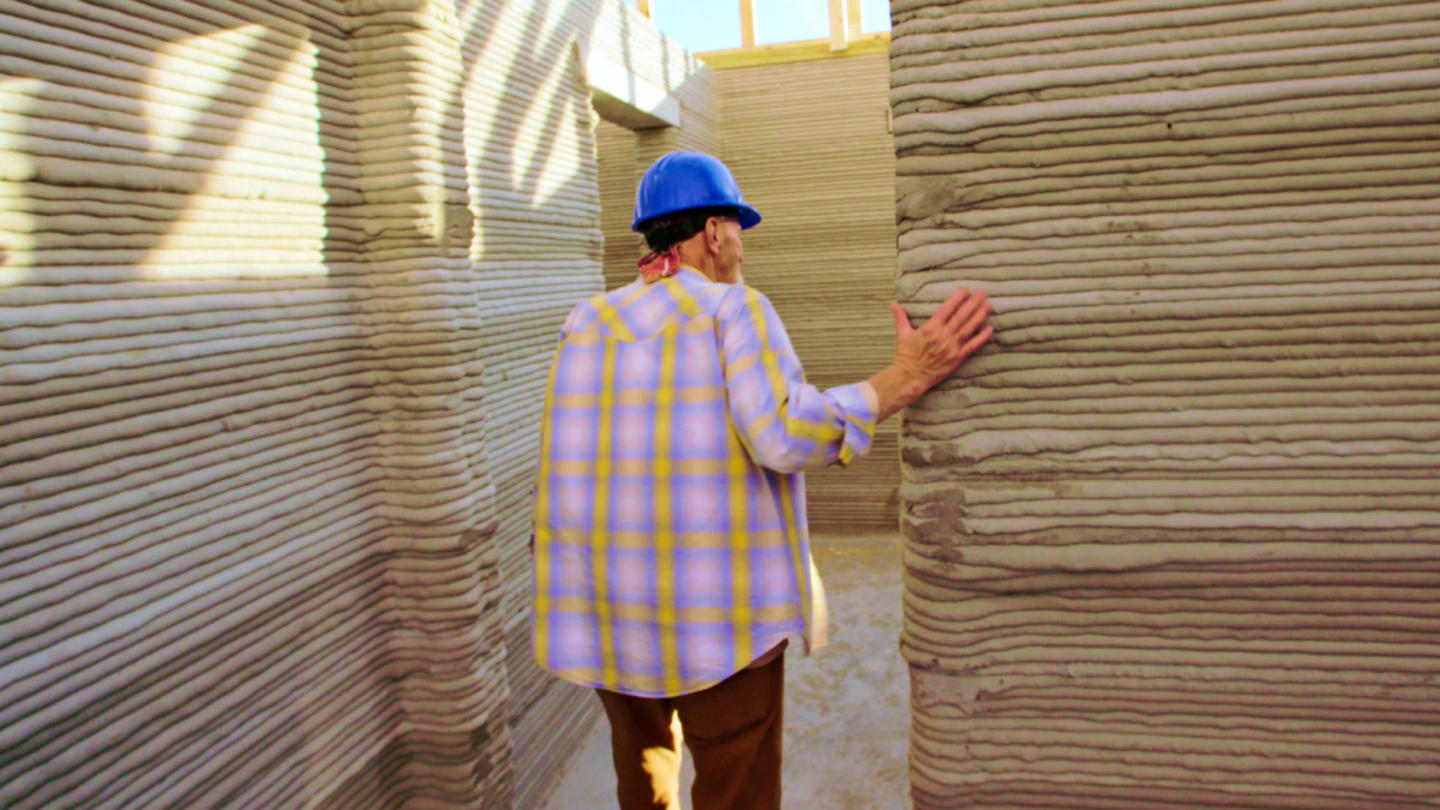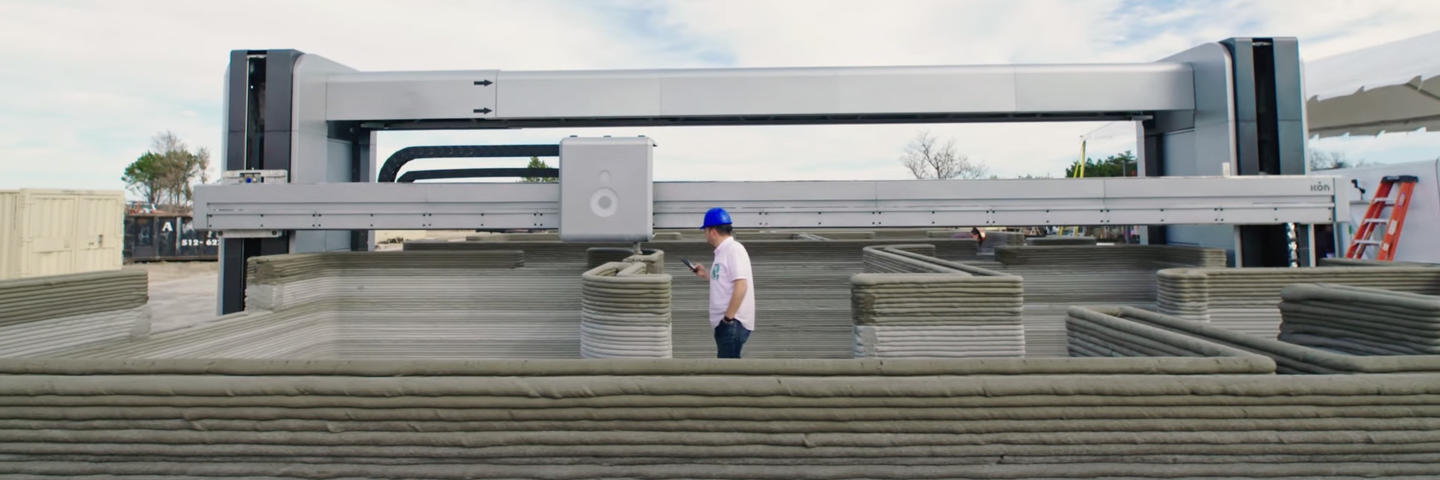Real estate is an industry in which the old is often romanticized over the new. Meanwhile, it’s becoming increasingly clear that the old way simply can’t cut it in home construction anymore. ICON 3D-printed homes are about as new as it gets — and they have the potential to transform the future of affordable housing in America.
That future means houses built in eight days that are 350% stronger, more environmentally friendly, and cost a fraction of what a traditional build would cost.
The need for more affordable housing is clear – and growing. There’s a shortage of 10 million affordable homes in America and, more generally, about half of Americans say that finding affordable housing is a problem in their neighborhoods.
ICON co-founder and CEO Jason Ballard says part of the problem is the “sticks and bricks” approach — the same house-building process that’s been around for a thousand years. “I can’t think of any other industry for which you prefer the hundred-year-old thing instead of the brand new thing.”
It’s not just about fast homes built in new ways. It’s also about building a life of dignity. An option for people who are homeless as well as middle-class communities to thrive and live their dreams.
“We want people from every socioeconomic background to have a decent, dignified place to live,” Ballard says.
Americans need more affordable, high-quality homes. And, as ICON is showing, it’s possible to build new homes at the scale that’s necessary for solving the affordability crisis in cities across the country while being good stewards of the environment.
According to Ballard, no industry contributes more landfill waste or requires more energy than home construction. One reason is that the same materials and processes are currently used for building houses in hurricane, flooding, and wildfire zones. The current production processes for many of those materials are very wasteful in terms of the amount of natural resources they consume.
ICON’s unique printing system solves this problem by using concrete-based materials that are customized to the needs of the unique climate and location of each house to ensure optimal energy efficiency. Concrete reduces heat and air conditioning costs due to its ability to absorb, store, and release heat. It’s far more efficient than timber and sheetrock, costs less than other materials like tile and brick, and produces walls that are 350% stronger than building code requirements.
All ICON 3D-printed homes are built on location, and the machinery is operated by tablets and smartphones to cut down on waste and construction time. It takes just 24 hours to build the core structure of a home, and just eight days to complete construction start-to-finish – all at a fraction of the cost of traditionally built homes.
Sign up for the Stand Together newsletter and get stories, ideas, and advice from changemakers to help you tackle America’s biggest problems.
The biggest barrier to more affordable homes
In general, the red tape any builder encounters when trying to build new housing can be overwhelming. Regulatory authorities have good intentions, yet in many cases, their hands are tied by outdated regulations that restrict the types of innovation ICON 3D-printed homes represent.
As a result, many construction companies pursue the path of least resistance, using fewer design professionals, scaling pre-existing designs, and searching for cheaper materials. In turn, cities regulate even harder.
This leaves cities caught in what Ballard calls the “housing doom loop” in which fewer houses are built over time than are needed and people end up fighting to find adequate housing.
Sal Churi, general partner of Trust Ventures, a venture capital firm that invests in and advises startups in highly regulated industries, is helping Ballard and his team break through this red tape. Churi, a former law professor at the University of Chicago and founder of its Innovation Clinic, says ICON provides a case study in the how regulations that may have started with the intention of keeping people safe can be used as tools to kill competition and stand in the way of life-enhancing innovations.
“So many of our biggest problems have already been solved," says Churi. "In fact, the technology already exists to solve these problems. But those technologies have to get over regulatory barriers in order to get into people’s hands. Because the law is static. It only changes when you make it change."
That's in stark contrast to technology, he adds, which is dynamic and changing every day. "If you can take the law and help it catch up with where technology is, you can unleash some tremendous innovation that changes people’s lives.”
ICON is now bearing that out. In addition to providing startup funding, Trust Ventures helped Ballard and his team earn the critical first permits to 3D-print a house – including the first in America – and pave the way to scale.
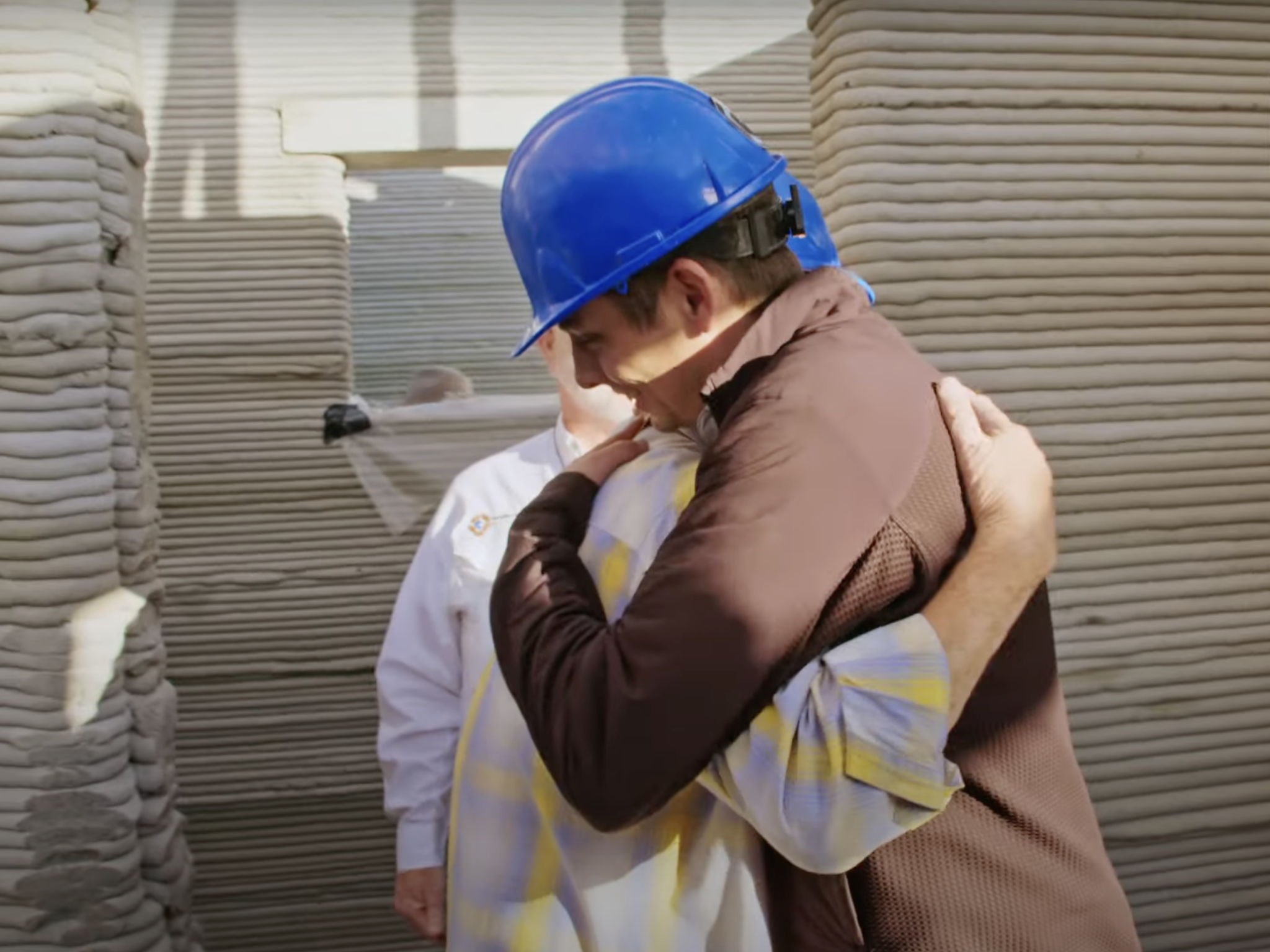
We want people from every socioeconomic background to have a decent, dignified place to live.”
Jason Ballard
Co-founder and CEO, ICON
The future for ICON 3D-printed homes
ICON has only begun to scratch the surface of the potential for 3D-printing technology to solve America's affordable housing crisis, benefiting people of all socioeconomic backgrounds.
In 2019, Ballard and his team partnered with Austin-based nonprofit Mobile Loaves & Fishes to build Community First! Village. The 51-acre community was designed to provide homes for more than 400 people experiencing chronic homelessness.
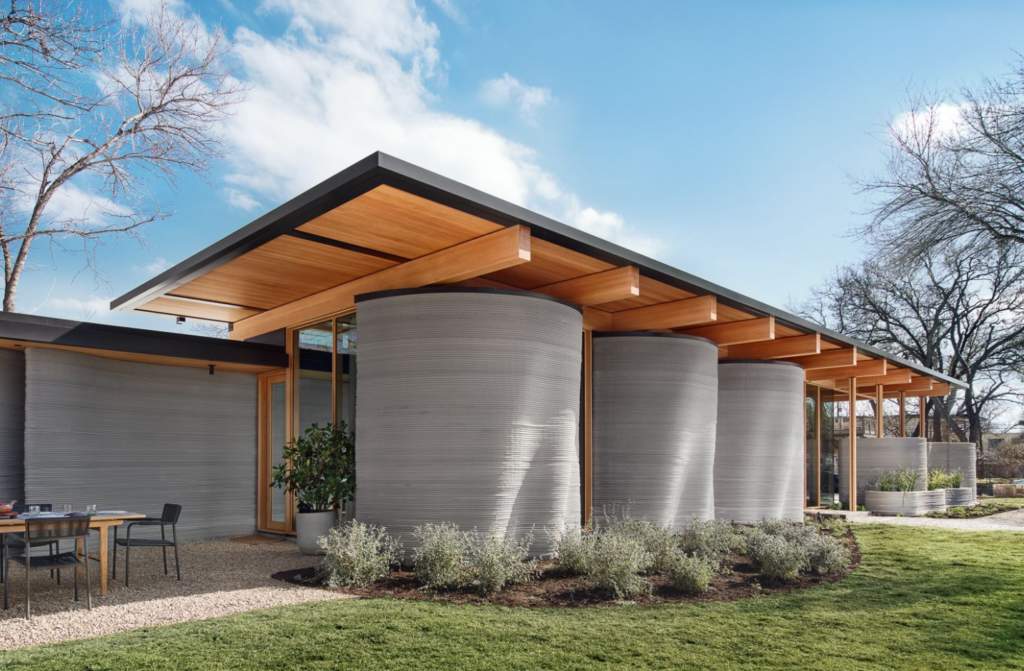
“Vulnerable communities are almost never the first to get access to breakthroughs in technology,” said Ballard. “What we get to do here is deploy these breakthroughs in the service of humanity.”
Nearby, ICON embarked on a first-of-its-kind community at Wolf Ranch. Built as part of a partnership with Lennar, one of the nation’s leading homebuilders, and co-designed by BIG-Bjarke Ingels Group, the innovative community of 100 3D-printed homes features eight different floor plans ranging from 1,500 to 2,100 square feet.
The company has also expanded beyond single-family homes, including partnering with iconic hotelier Liz Lambert to reimagine and rebuild El Cosmico, a 21-acre unique campground hotel in Marfa, TX. Breaking ground in 2024, the relocation and expansion of El Cosmico to more than 60 acres will showcase entirely new architectural approaches made possible by large-scale 3D-printing including domes, arches, vaults, and parabolic forms.
Regardless of the size or type of construction project, Ballard believes the homes of the future must be profoundly different than today’s. Humans might romanticize old houses, he says, and they'll continue to be available for people who can afford them. Meanwhile, ICON is showing that a future of affordable, sustainable, and dignified housing for every person is no longer pie in the sky, but is already within reach – if we allow it.
“Building the world is a great responsibility. It’s time for the built environment to join the digital automated robotic revolution that has brought so much good.”
ICON is a portfolio company of Trust Ventures, a venture capital firm supported by Stand Together Trust that invests in startups tackling America's biggest problems through highly regulated industries
Learn more about Stand Together's efforts to make the economy work for all.

Here are some issues the Department of Government Efficiency could target.
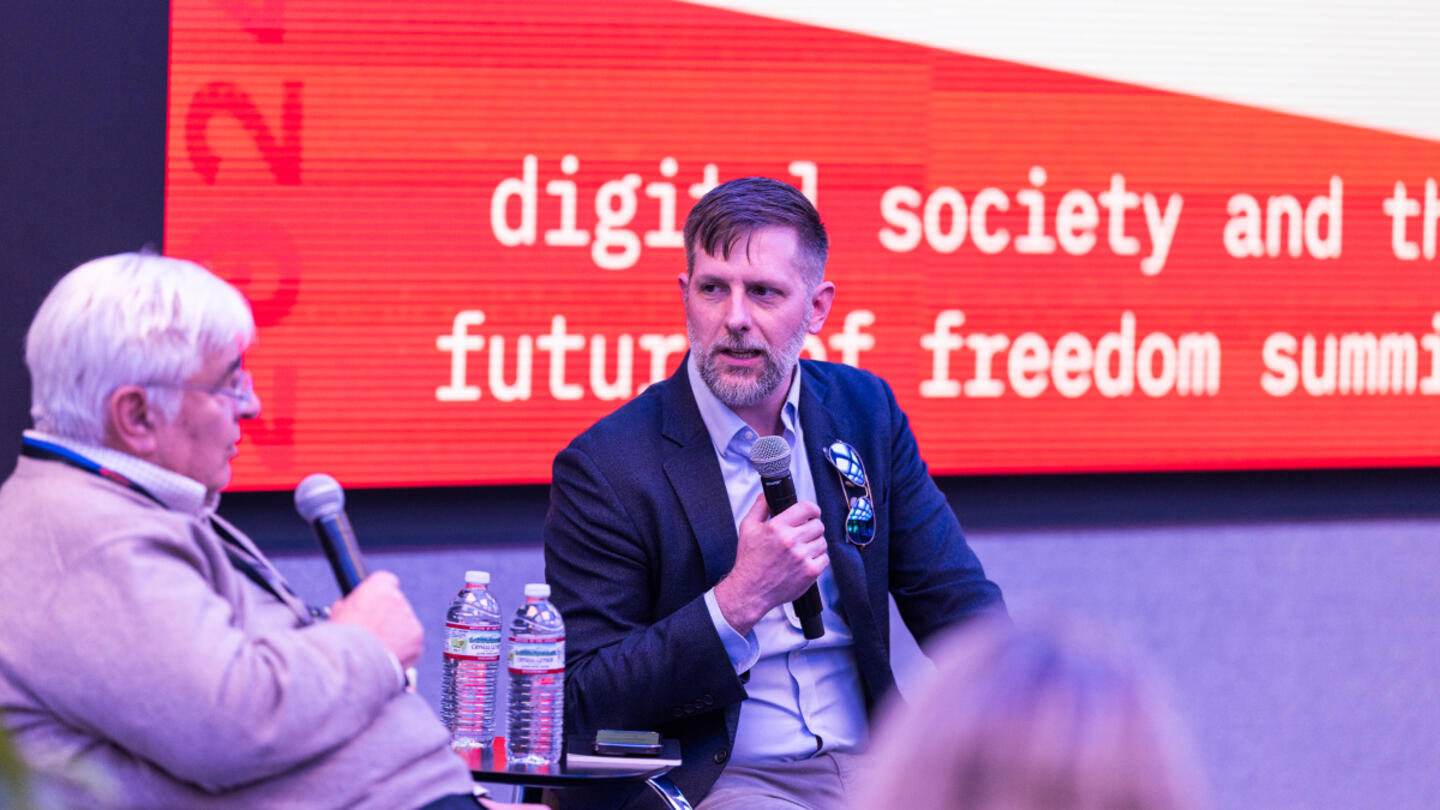
Only by using AI in real-world scenarios can we understand its capacity to address complex challenges

Credit scores don’t reflect the whole person. Here’s one way to change the narrative.
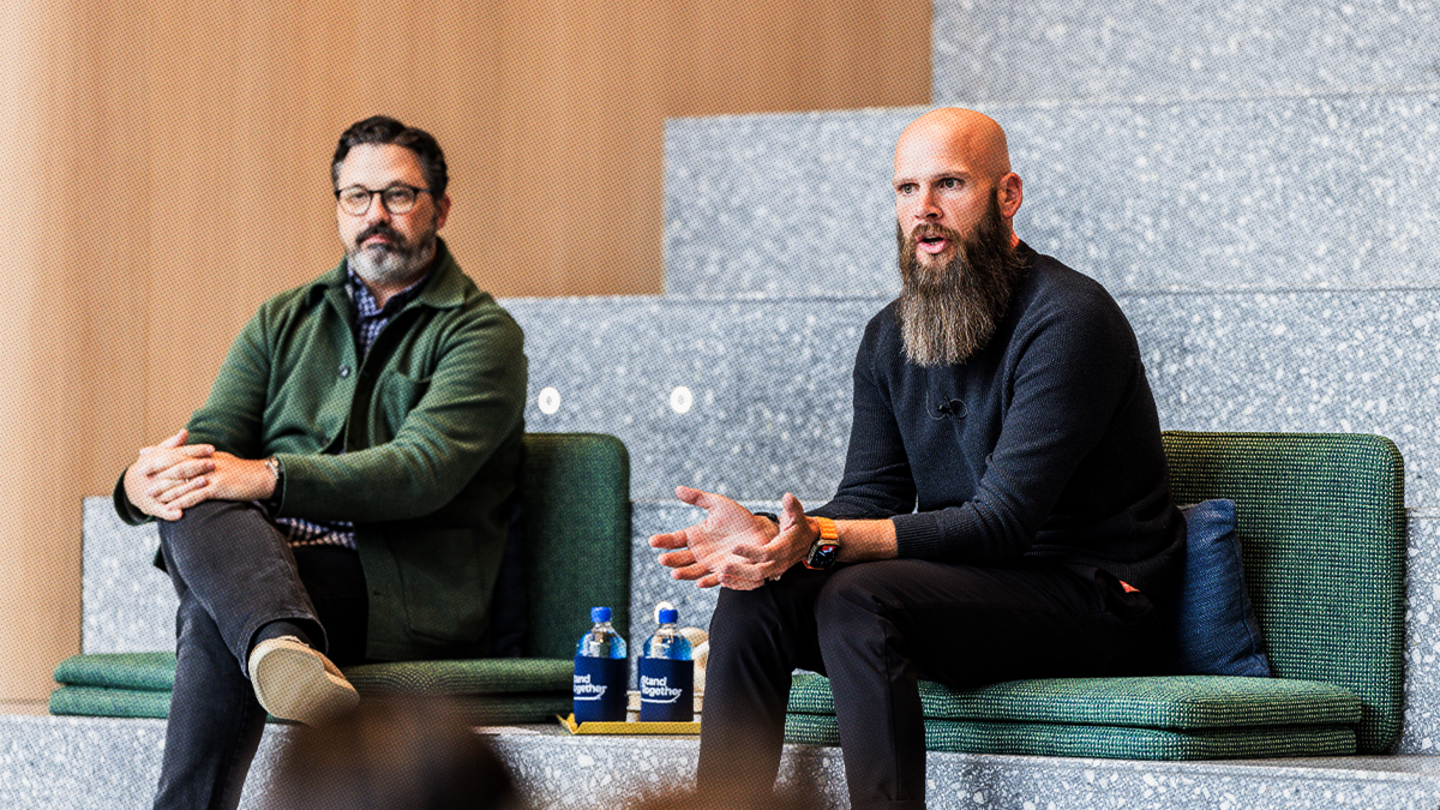
Fear of change is nothing new, but how we respond to this moment really matters.
